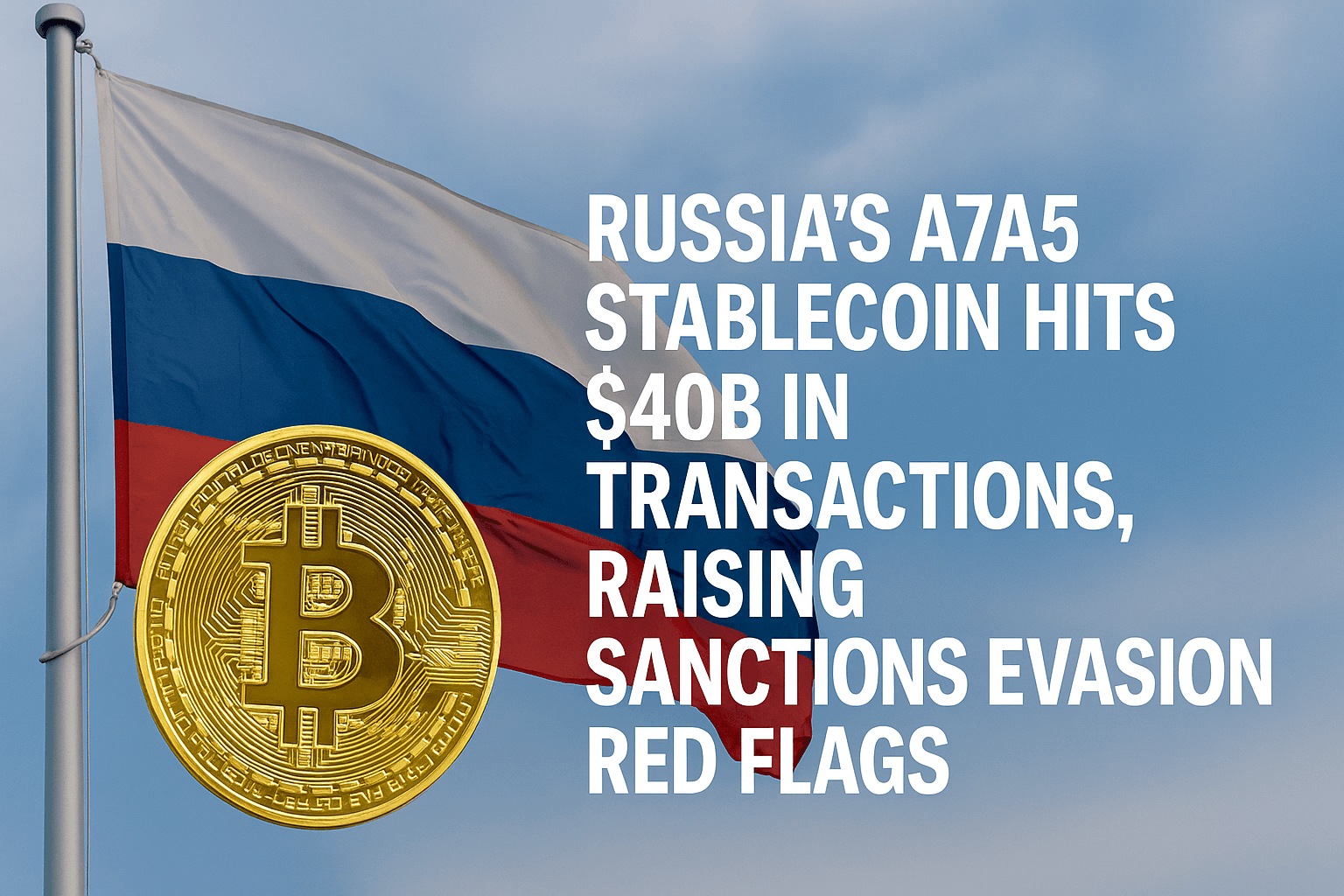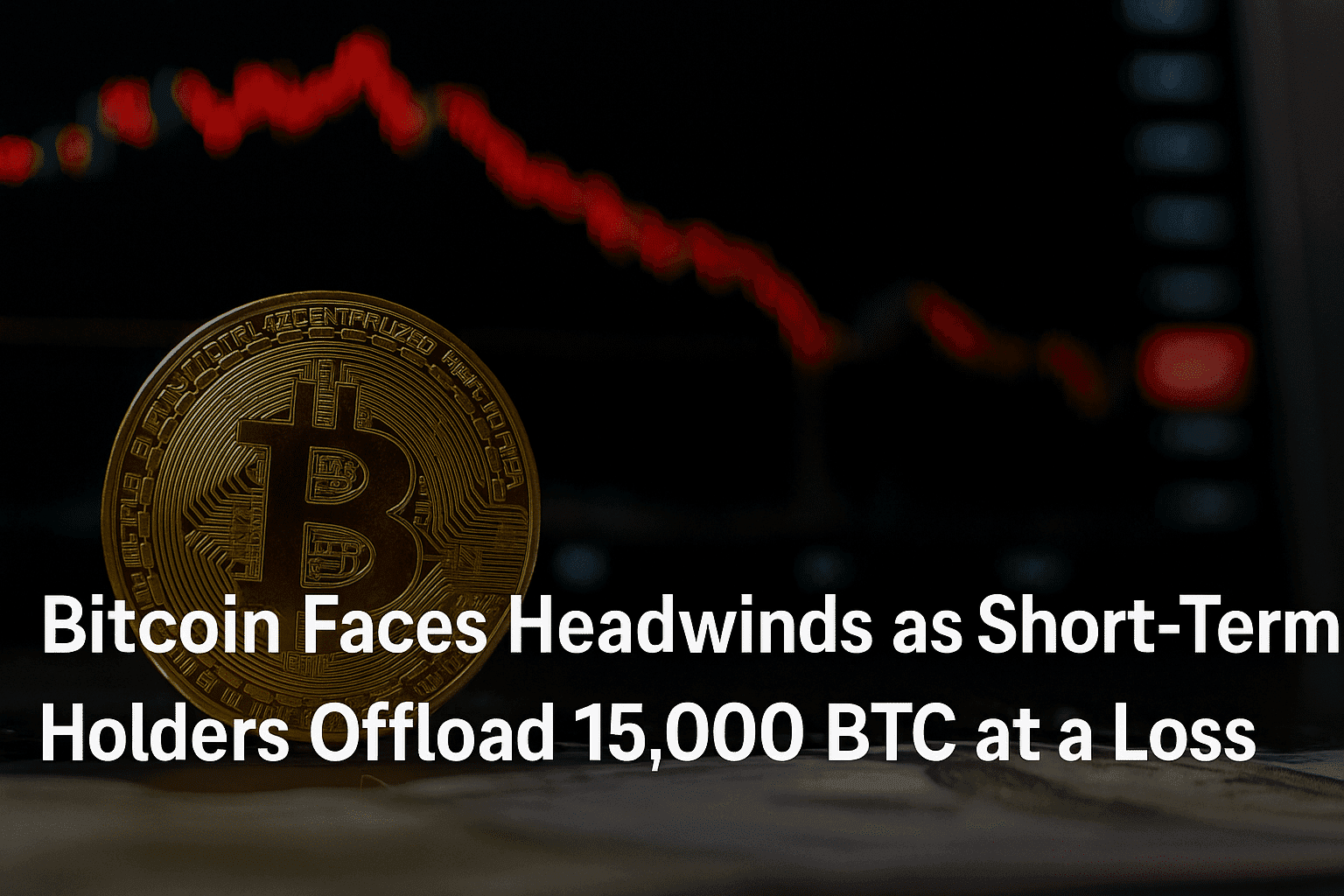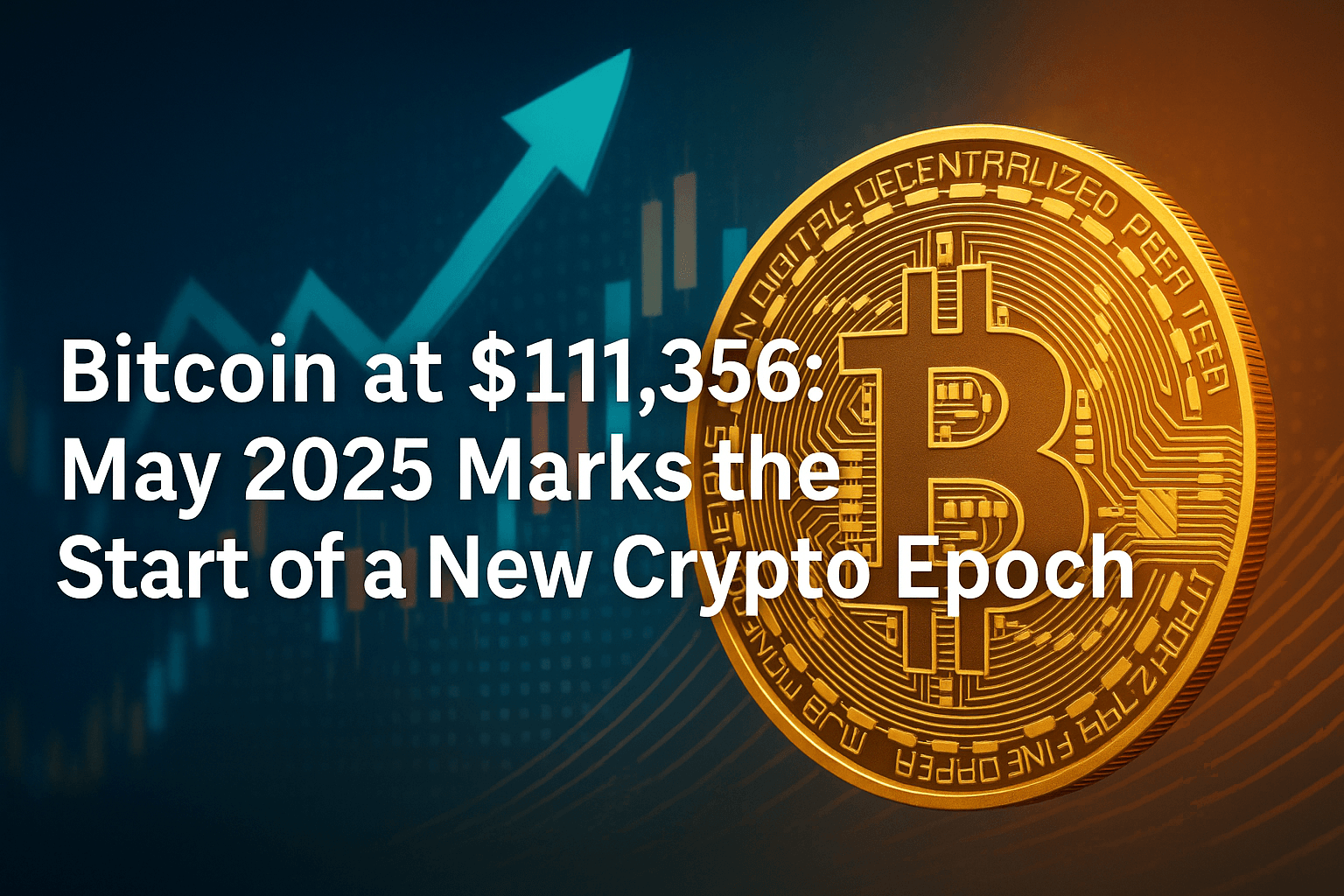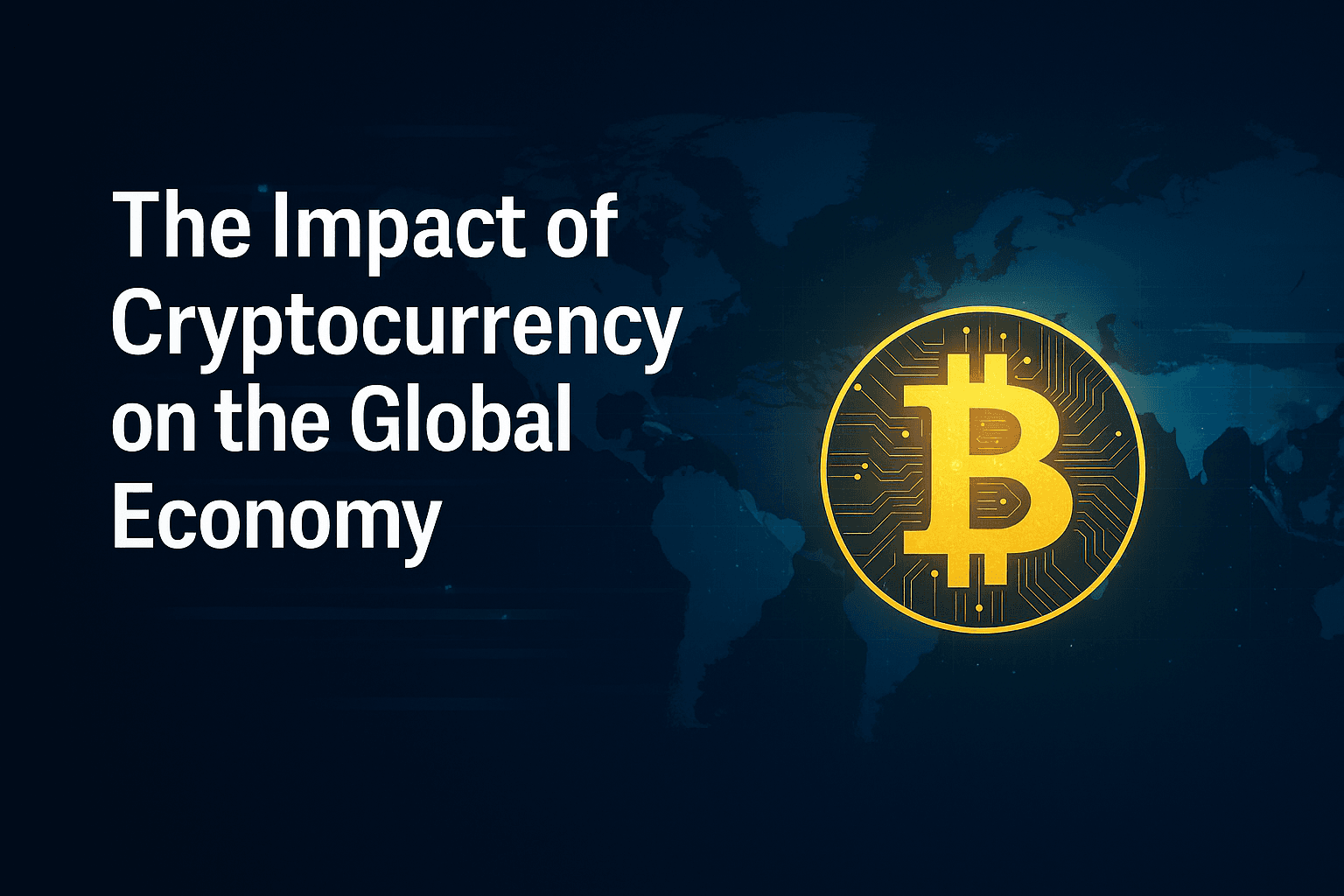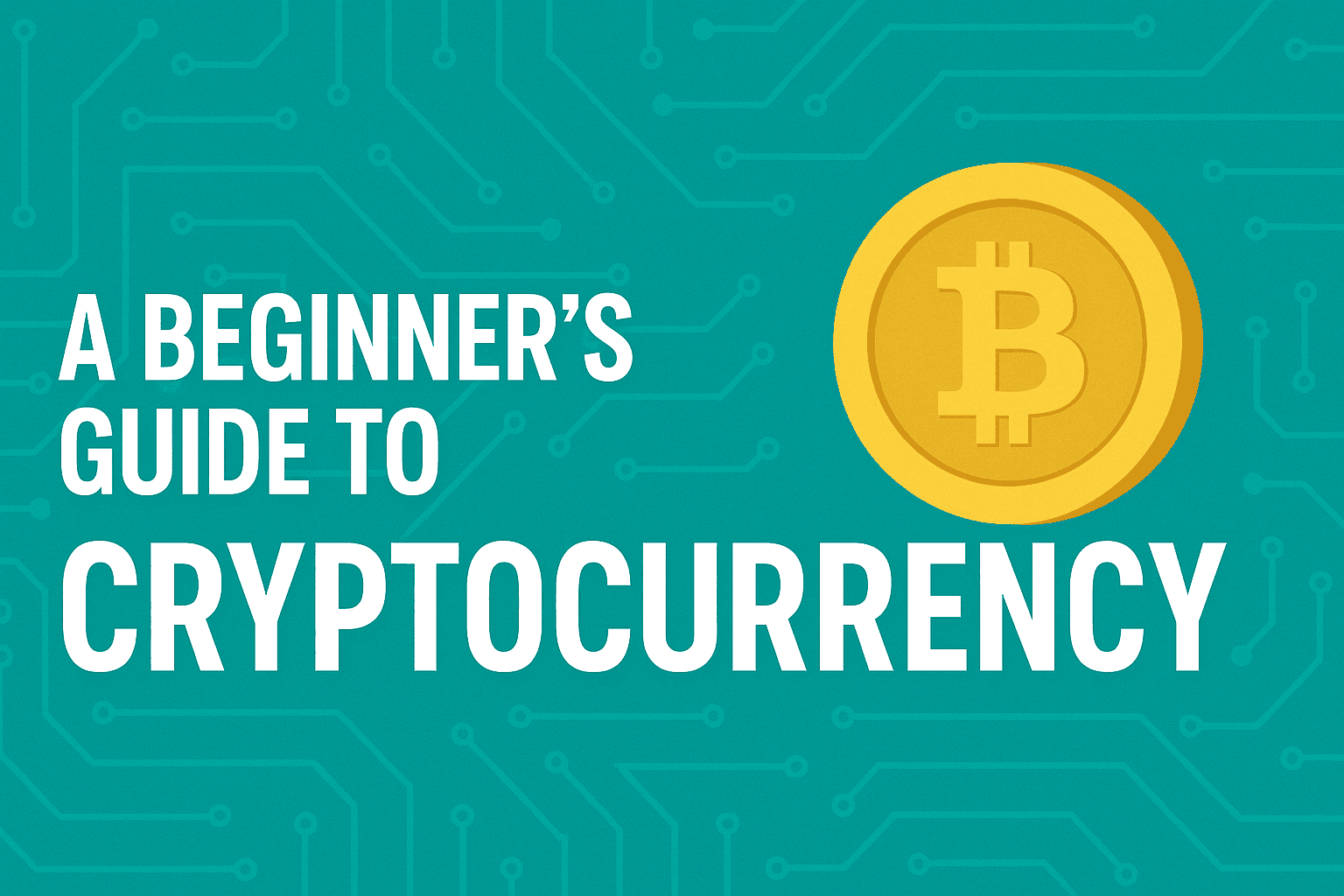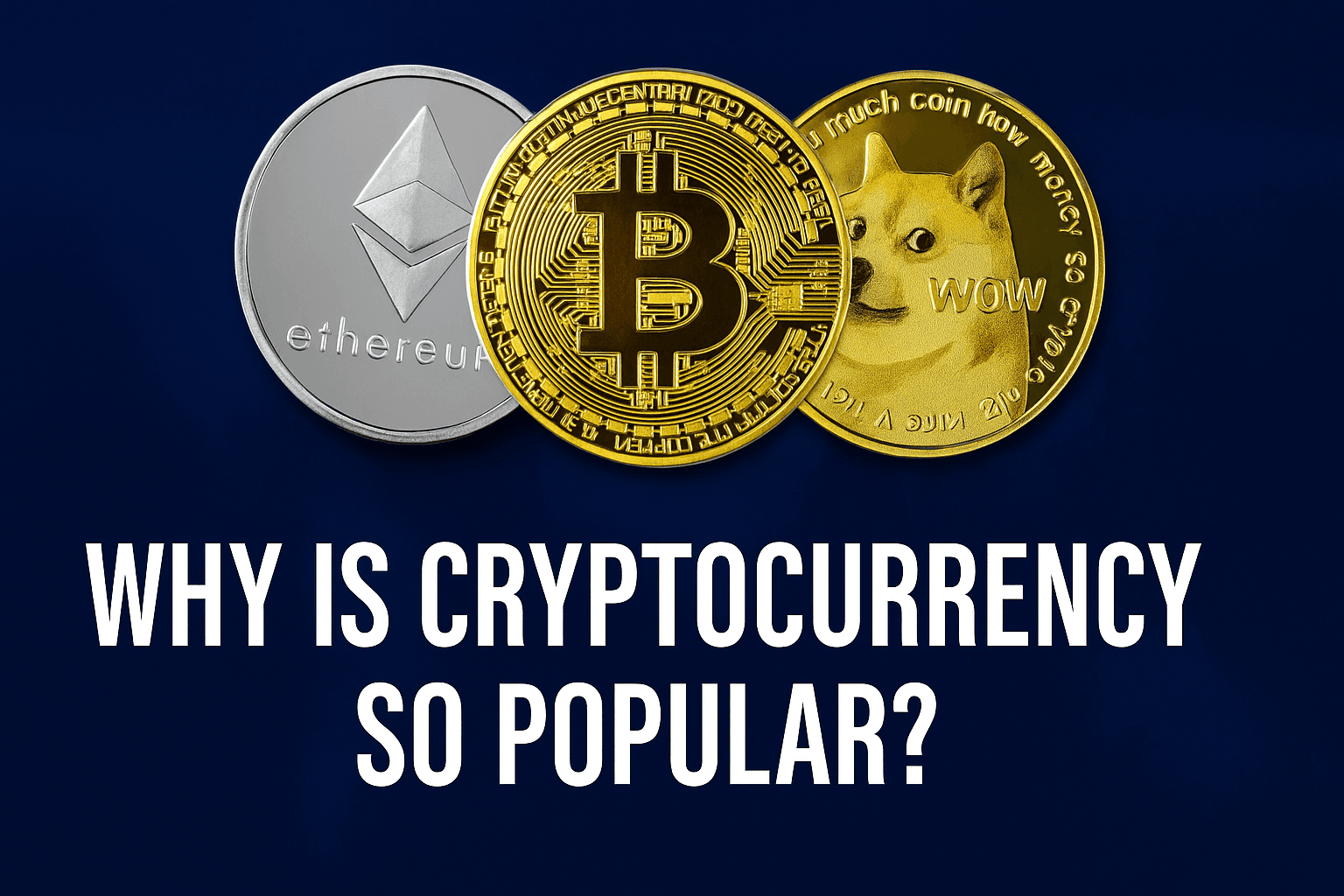The controversial A7A5 stablecoin from Russia, which came out earlier this year, has already been used in more than $40 billion in cross-border transactions. This has made Western regulators worried that the digital currency is being used to get around global sanctions.
A secret report from the Financial Stability Board (FSB) and leaked data from several global FX clearinghouses show that A7A5 volumes have gone up by more than 70% from one month to the next. This is mostly because Russia and its strategic allies, especially China, Iran, Venezuela, and a few African countries, are settling their debts without using SWIFT.
🪙 What is the A7A5 coin?
Russia’s National Settlement Depository (NSD) issues the A7A5 stablecoin, which is a digital currency backed by the rouble. This is:
1:1 pegged to the Russian rouble (RUB)
Worked on a permissioned blockchain that Sberbank, a state-owned bank, kept up.
Not available on Western crypto exchanges
Mainly used for trade in goods, oil, and defense across borders
Russia says that A7A5 is part of its “digital economic sovereignty” plan, which is meant to protect its economy from the effects of Western sanctions on SWIFT, USD-based trade, and global correspondent banking.
📊 Highlights of Transaction Growth
A7A5 processed more than $12.8 billion worth of transactions in July 2025 alone.
More than 40% of the month’s trade came from trading with China, mostly in raw materials and industrial equipment.
More and more banks in the Middle East and South America are testing limited A7A5 integration for goods that are allowed.
💬 Warnings and Reactions from Around the World
The West is paying close attention. A person who works for the U.S. Treasury and asked to remain anonymous said:
“A7A5 is a planned way to use state-sponsored blockchain to get around sanctions. It is a shield for currency that is meant to protect against geopolitical threats.
The European Central Bank has also warned banks and other financial institutions not to deal in “unregistered digital ruble derivatives,” which could lead to fines.
The IMF also warned that “digital asset arbitrage” by authoritarian governments could make the global financial system less stable if it isn’t stopped.
🔒 Avoiding sanctions or coming up with new ideas?
From Russia’s point of view, A7A5 is a new way to do things strategically:
It lets trusted trade partners settle right away and for a low cost.
Lessens dependence on dollar liquidity
Creates a digital financial corridor that goes beyond NATO-aligned economic systems
Critics, on the other hand, say it makes trade less clear, allows the sale of weapons that are banned, and makes a separate financial network that makes the world less open.
🔮 What Comes Next?
The U.S. Treasury is said to be talking about expanding sanctions against A7A5 validators and partner banks.
Analysts think Russia is trying to get India, Brazil, and Turkey to agree to A7A5 for some trade deals.
The BRICS digital currency council will meet in Brazil in September, and A7A5 will be a big part of the agenda.
🧠 Last Thoughts
The A7A5 from Russia is more than just a stablecoin; it’s a weapon in the world of politics. The global financial system is facing new problems as blockchain goes from a neutral tool to a tool for nation-states: enforcing sanctions, keeping things open, and keeping the dollar in charge.
A7A5’s rise is a historic moment in digital currency diplomacy and could be the start of the end of global finance.
